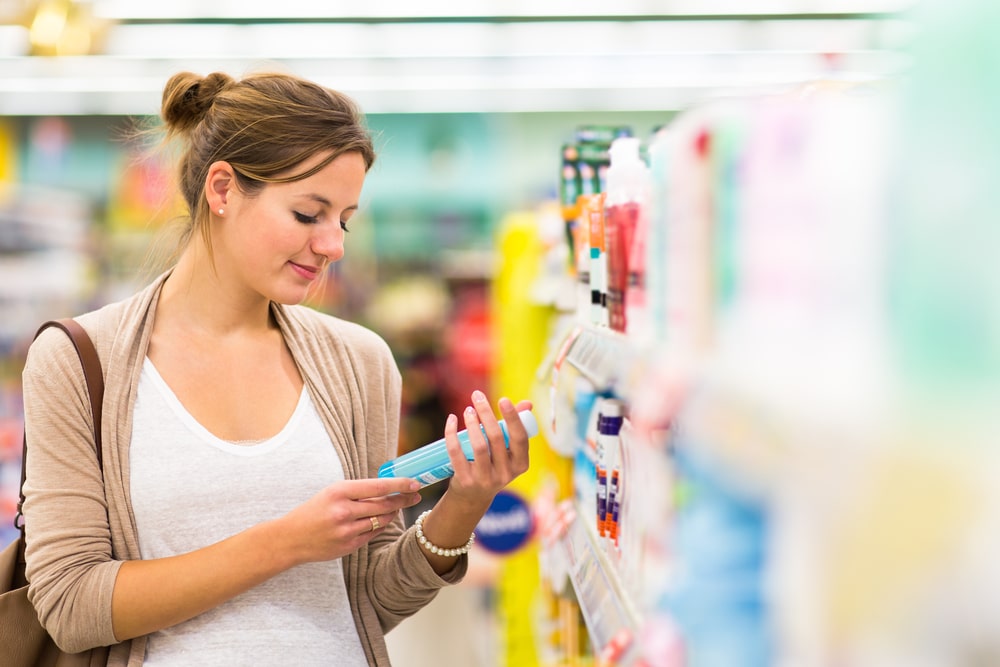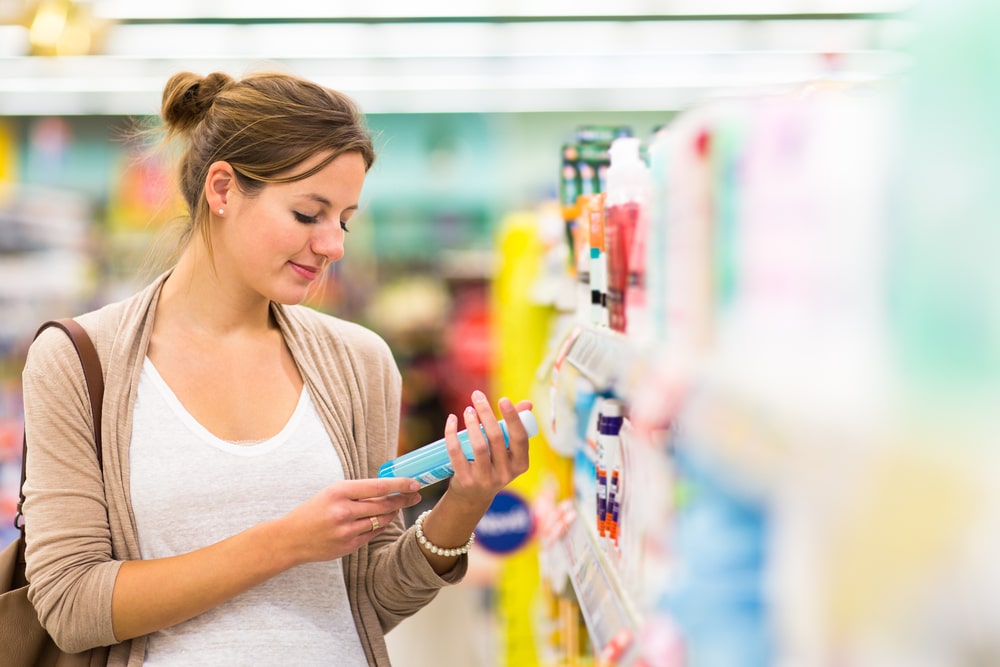CPG brands may face challenges with in-store marketing effectiveness due to limited control over the retailer space. Luckily, smartphones can help these brands scale this hurdle. Digital updates to traditional marketing methods can deliver mobile experiences along the entire path to purchase, allowing brands to better control their message in the shopping aisle.
When determining the most effective platforms to reach consumers in-store, brands should look to popular apps with active followings of household decision makers. They can either cultivate their own apps by developing them in-house, or work with third-parties to leverage apps with proven results. Oftentimes, the ideal option is to use a blend of proprietary and third-party mobile apps to create the best possible customer experience.
4 Ways to Improve In-Store Marketing Effectiveness With Digital Updates
Digital marketing methods aren’t designed to completely replace in-store marketing strategies. Instead, they work to enhance those traditional means and offer ways to work around the conventional barriers in their use.
| Traditional | Digital update |
| Pre-trip advertising: Commercials, advertising materials, and other options help to establish brand awareness for consumers. However, they are limited in how they can help brands become top-of-mind during the shopping trip. | Mobile video: As video delivered via a mobile device can travel with consumers, it’s becoming an increasingly favored option among them. More than 50% of video views come from mobile, meaning brands must consider this strategy to reach wider audiences. |
| Sales flags: Psychological trigger words like “sale” and “deal” drive consumers to products in the shopping aisle, but there will still be competition with other brands. Also, when shelf space isn’t optimal, it can be difficult to draw attention to products even with the assistance of these flags. | Gamification: Apps can direct consumers to products in the aisle by rewarding them for interaction. Shopkick, for example, uses kicks to incentivize consumers to seek out products in the aisle. This benefits brands in two ways: (1) It guides consumers to products even when placement is less effective. (2) It eliminates the need to offer an immediate product discount. |
| Greeters and announcements: Door greeters welcome consumers to stores and improve retailer affinity, but they can’t do much at a brand level. In-store announcements used to be a way to announce in-the-moment deals, but fewer stores use them today as consumers find them intrusive. | Virtual greetings: App-delivered greetings that welcome consumers to the store and alert them of current deals can help brands become top-of-mind during the consumer purchase journey. They can even build brand affinity by rewarding consumers just for entering a location and seeking out a product. |
| Cross merchandising: Selling items that are typically purchased together, like wrapping paper and transparent tape, can be an effective way to cross promote. However, supply and shelf space is limited, so brands are restricted by what they can bundle in the shopping aisle. Logistically, stocking multiple areas is challenging and may be less effective if pairings are created without consumer buying behaviors in mind. | AI enabled ads: Intelligent apps understand that when a consumer buys wrapping paper, they’re also more likely to purchase tape. These apps make proactive purchase recommendations based on past purchase behaviors. This strategy improves the brand’s ability to leverage cross-merchandising without the need to stock multiple areas. |
Brands can enhance their in-store marketing by using mobile apps to guide consumers and assist them in making purchase decisions. When selecting such a strategy, brands must also consider the consumer’s point of view in choosing the appropriate platforms to use.
Choosing the Most Effective Platforms for Mobile App Marketing
 Brands have two options when they’re selecting platforms for mobile advertising. They can create apps in-house, or they can work with third parties to offer mobile options to consumers. In almost all cases, it’s best to use a combination of the two to take advantage of the benefits and minimize the challenges in each.
Brands have two options when they’re selecting platforms for mobile advertising. They can create apps in-house, or they can work with third parties to offer mobile options to consumers. In almost all cases, it’s best to use a combination of the two to take advantage of the benefits and minimize the challenges in each.
In-house development allows brands to control the message and the user experience altogether. Brands can highlight the products they want and avoid competitor’s messages in the store. On the downside, it’s typically difficult to manage this at a brand-level without a wide range of products. However, several successful CPG brands do this effectively, including Kellogg’s and General Mills. General Mills provides this through their Box Tops for Education program while Kellogg’s focuses on a more traditional reward points program.
By using a range of mobile apps, brands can increase in-store marketing effectiveness.
The options available through third-party app partnerships are broad. Brands should look to social media platforms like Snapchat and Facebook, as well as individual shopping apps and mobile payment options to ensure they provide a wide range of benefits for consumers. These apps are excellent for reaching new audiences as the developer is the one driving engagement and retention, rather than the brand.
By using a range of mobile apps, brands can increase in-store marketing effectiveness. These apps offer updated slants on traditional marketing methods that allow brands to gain more control over the in-store experience. Capturing attention in-store helps brands increase sales by providing consumers with a reminder of their products in the pivotal moments before purchase.
Shopkick helps our partners connect with shoppers in the aisle through our mobile app. For more information on how our app can enhance your in-store marketing program, contact us.
Image courtesy of Light Poet





